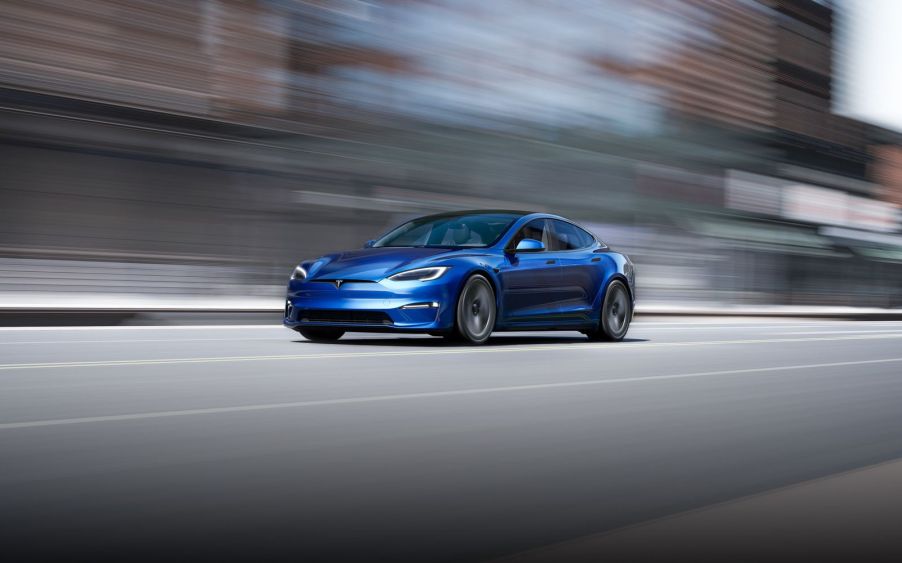
Shocking Electricity Prices in Texas Mean Charging Your Tesla Can Cost up to $900
Part of the appeal of owning a Tesla is how affordable it typically is to charge it up and cover hundreds of miles. However, the rolling blackouts occurring right now across Texas are creating a unique challenge for Tesla owners.
According to Muscle Cars and Trucks, electricity prices in Texas have skyrocketed in recent days. As a result, charging your six-figure EV one time can cost as much as $900.
Why is charging your Tesla in Texas so expensive right now?

As you probably know, Texas is currently experiencing a serious winter storm that has left millions of people without power. Icy conditions even caused a massive pileup crash not long ago. However, it seems Tesla and EV owners, in general, will be hit especially hard for the time being.
According to Muscle Cars and Trucks, Texas’ Electric Reliability Council utilizes an auction-based allocation system. As a result of the power grid’s reduced capacity, electricity prices have reportedly spiked. This means that charging up Tesla or other electric models is insanely expensive.
Muscle Cars and Trucks reports that due to high power demand and low supply, prices per megawatt-hour have shot up. They even surpassed the $9,000 per megawatt-hour cap. For context, Muscle Cars and Trucks reports that power typically costs $25 per megawatt-hour.
With prices this high, charging up your Tesla increases from $18 on average to up to $900 per charge. Additionally, this assumes EV owners even have access to electricity in the first place.
Why isn’t the rest of the U.S. affected by this issue?

The reason why charging your Tesla and any other EV in Texas is so expensive comes down to the state’s unique power grid. Unlike the rest of the U.S., Texas has a completely deregulated energy market, says Muscle Cars and Trucks. In fact, ERCOT manages 75 percent of the state’s electric architecture and power supply. Since this company operates with real-time auctions, it allows prices to increase rapidly.
For example, in other states, Tesla and EV owners don’t have to worry because the U.S. government regulates the grid and does not allow for prices to surge in such a shocking manner. As a result, the issue has less to do with electric cars themselves and more with Texas’ privatized power grid.
How does the cold affect electric vehicles?
Aside from affecting the power grid, the extreme cold can directly affect how your Tesla performs. According to Market Watch, a study performed by AAA found that EVs from Tesla, BMW, Chevrolet, Nissan, and Volkswagen can lose as much as 40 percent of their range in freezing weather.
For example, a Tesla Model S lost 38 percent of its estimated range when temperatures dropped to 20 degrees. As you can imagine, this raises serious concerns as temperatures can easily dip below that across the U.S.
To combat this accelerated energy consumption, Tesla’s website offers some useful tips. Since you can schedule a departure, you can start your car’s heater and other features while the car is plugged in. This way, they won’t consume extra range as you hit the road. Additionally, you can begin to defrost your vehicle while it is still charging, meaning it will be ready to go when you are.


